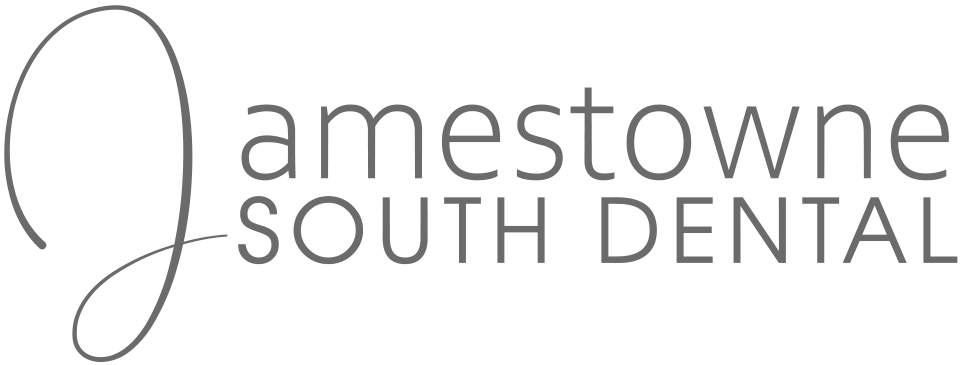ARESTIN ®
ARESTIN ® makes scaling and root planning (SRP) more effective
Confront your gum disease with an antibiotic treatment
If you have periodontal (gum) disease, SRP is needed to help improve the health of your teeth and gums. Bacteria are the cause of gum disease. That’s why your dental professional may recommend ARESTIN®. It is an antibiotic that helps kill bacteria at the root of the problem. Take your dental professional’s advice—choose ARESTIN ®.
ARESTIN® with SRP is more effective than SRP alone
Your dentist places ARESTIN ® in the pockets below your gum line. This may happen at the time of SRP or on a follow-up visit. You may also receive ARESTIN® during routine periodontal maintenance.
Getting treatment is easy
Your dentist will place these microspheres into infected areas after completing SRP. ARESTIN® will dissolve on its own, so no removal is required.
ARESTIN ® is different from antibiotic pills
ARESTIN ® is different from an antibiotic you take as a pill, because it’s placed right where you need it. A pill can’t give you the level of antibiotic concentration in your gums that ARESTIN® can.
Microspheres release antibiotics over time
ARESTIN ® contains microspheres—tiny particles—that are smaller than grains of sand and are not visible to the eye. The microspheres are filled with the antibiotic minocycline hydrochloride. These microspheres release the antibiotic over time, killing bacteria so your gums can heal better than with SRP alone.
What to expect as your gums heal
After ARESTIN ® with SRP, there are a few things you need to know. Follow these tips on caring for your teeth. With proper dental hygiene, it’s possible to avoid future problems with your gums.
How ARESTIN® and SRP works
- Your dental professional will remove plaque and tartar with SRP.
- ARESTIN ® microspheres are placed into the affected pockets using a special plastic applicator
- The antibiotic is released over time, helping to reduce bacteria as your gums heal.
Scale and Root Planing
Scaling and root planing removes plaque and tartar from below your gum line. This controls the growth of harmful bacteria. It also helps gums reattach to the teeth. Because this procedure goes deeper than a regular cleaning, your mouth may be numbed. The cleaning may take 1 to 4 or more visits to complete.
Scaling is a type of cleaning. It removes plaque and tartar from around and below the gum line. Root planing involves scraping and smoothing the root surfaces of your teeth. Gum tissue can more firmly reattach to roots that are clean and smooth.
Periodontal Surgery/Gum Surgery
You may need surgery for severe gum disease (periodontitis) if it cannot be cured with antibiotics or root planing and scaling. Types of surgery include:
- Gingivectomy. A gingivectomy removes and reshapes loose, diseased gum tissue to get rid of pockets between the teeth and gums. A gum specialist (periodontist) or oral surgeon often will do the procedure.
- Flap procedure. A flap procedure cleans the roots of a tooth and repairs bone damage caused by gum disease. A periodontist or an oral surgeon often performs this procedure.
- Tooth removal (extraction). If gum disease has loosened or severely damaged a tooth, your dentist may need to remove the tooth. If the procedure is complicated or risky, an oral or maxillofacial surgeon may do the extraction.
